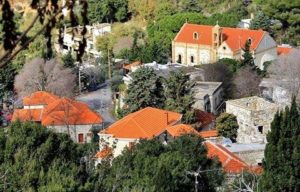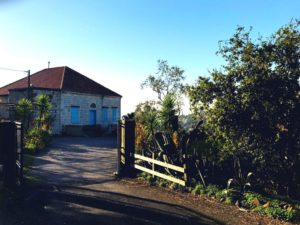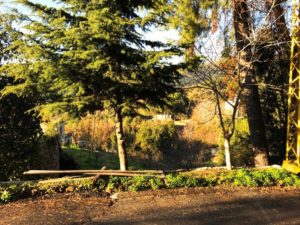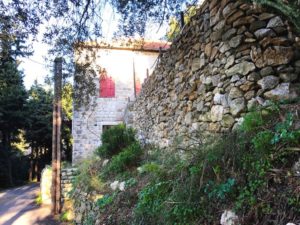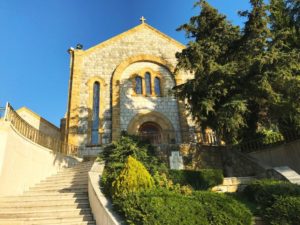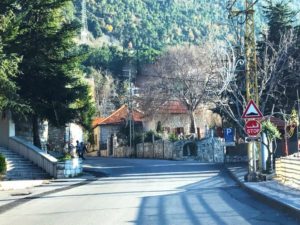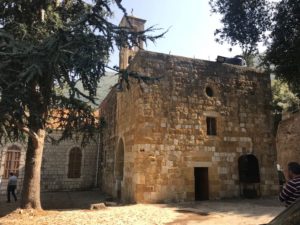CAZA:
Keserwan 730m
730m Etymology:
Syriac origin, "Aarmouno", meaning "the small uneven land"Located in the heart of the Ftouh Keserwan region, Aramoun is rooted in a lush green landscape of large oak forests. The village has had a glorious past and its remnants are still to be seen: Saint Nicholas convent, the Maronite archdiocese, Notre-Dame church and centuries-old mulberry trees, scattered between old stone buildings and exploited until the first half of the 1970s for the production of silk. A stroll in the woods of Aramoun, along its shaded paths, plunges the visitor into an authentic rural setting.
Must-do things
- The Maronite archdiocese built during the First World War
- Mar Nqoula church
- Mar Rouhana convent and church built in 1703, with its millenary oak
- The dilapidated palace of the Dahdah family
- The pine forest around the village
- The mulberry trees scattered in the village, a culture once essential for the silk production
- The water sources
- The walking trails available in the oak forest
- The ancient Roman path from Qattine to Ghineh
- Kasr el-Sanawbar: on the road to Ghazir, this restaurant offers a good Lebanese cuisine on a peaceful and wooded terrace.
- The ruins of Qalaat Faqra, encompassing a Roman temple dating from the year 43, and Kfardebian’s Natural Bridge
- Jabal Moussa Biosphere Reserve which became part of the UNESCO Network of Biosphere Reserves in 2009
- Jeita Grotto in Nahr el-Kelb valley, an exceptional cave whose lower part was inhabited in prehistoric times
- Kfardebian ski resort


